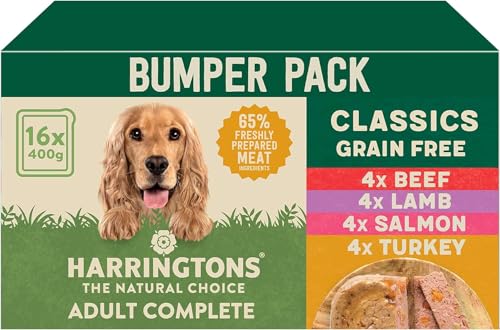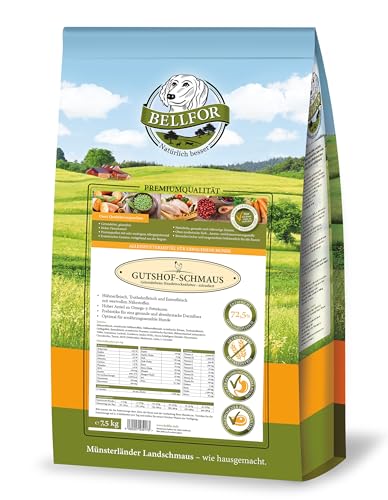Understanding Your Dog’s Nutritional Needs
Basic Nutritional Requirements
Every dog, regardless of their breed, size, or age, has basic nutritional needs that must be met to ensure their overall health and well-being. We need to consider a balanced diet that includes proteins, carbohydrates, fats, vitamins, and minerals. Proteins are essential as they help in muscle development and overall growth. Carbohydrates provide energy, while fats offer necessary fatty acids for skin and coat health. Vitamins and minerals support various bodily functions, including immune health, bone growth, and metabolism.
Factors Affecting Nutritional Needs
In addition to basic nutritional requirements, we must also consider factors like a dog’s age, weight, activity level, and specific health needs. Puppies require more calories and different nutrients to support their rapid growth, whereas senior dogs might need fewer calories but more fibre to aid digestion. For highly active dogs, increased protein and fat content can be beneficial, while more sedentary dogs may thrive on lower calorie options to maintain a healthy weight.
Key Ingredients to Look for in Dog Food
Quality Proteins
When selecting dog food, we should seek out high-quality protein sources as the primary ingredient. Look for named meats like chicken, beef, or lamb listed first—this indicates the food has a substantial protein content. Ingredients like fish or poultry meal, which is concentrated protein, can also be a good choice.
Whole Grains and Vegetables
Whole grains such as brown rice, oats, or barley can offer digestible energy and fibre. Alternatively, some dog foods use vegetables like sweet potatoes or peas that provide not just nutrients but also added fibre for digestion. These ingredients help keep your dog’s digestive system healthy and functioning properly.
Healthy Fats
Fats are significant for energy and support healthy skin and coat. We should look for sources of Omega-3 and Omega-6 fatty acids, often derived from fish oil or flaxseed. These help maintain a shiny coat and support joint health.
Wet vs. Dry Dog Food: Which is Best for Your Pet?
Understanding Wet and Dry Options
When choosing between wet and dry dog food, we have to consider our dog’s preferences and health needs. Wet dog food often has a higher moisture content, which can be beneficial for dogs that need to increase their water intake or have dental issues that make chewing dry food challenging. Dry dog food, on the other hand, is more convenient, typically less costly, and can help maintain dental health by reducing plaque buildup.
Making the Right Choice
Ultimately, the best option depends on what your dog enjoys and their specific requirements. Some pet owners opt for a combination of both wet and dry food to provide variety and balance in their dog’s diet. We should always transition to new foods gradually to avoid digestive upset and observe our dog’s reactions to ensure they thrive on the choice we make.
Special Diets for Dogs with Health Issues
Recognising Health Issues
If your dog has specific health concerns such as allergies, obesity, or kidney disease, it’s critical that we choose a suitable diet accordingly. For example, dogs with allergies may benefit from grain-free or limited ingredient diets that reduce their exposure to common allergens.
Diet Adjustments for Health Management
For dogs struggling with weight management, low-calorie or weight control formulas can help maintain a healthy weight without compromising on nutritional value. Dogs with kidney disease might require lower protein diets or different types of protein to ease the load on their kidneys. Consulting with a veterinarian is vital to determine the right dietary changes for these health issues.
Top Recommended Dog Food Brands to Consider
Trustworthy Brands
While there are numerous dog food brands available, we can recommend looking at those known for their quality ingredients and commitment to pet health. Look for brands that focus on natural ingredients, balanced nutrition, and transparent sourcing practices. Typically, well-established brands have a proven track record and offer a wide variety of options, including grain-free, high-protein, and specific dietary needs.
Trying Out New Brands
When considering a new brand, we suggest testing the food gradually by mixing it with already familiar food to see how your dog adapts. Pay attention to your dog’s coat, energy levels, and digestion, as these indicators can tell us whether the new food is a good fit.





















